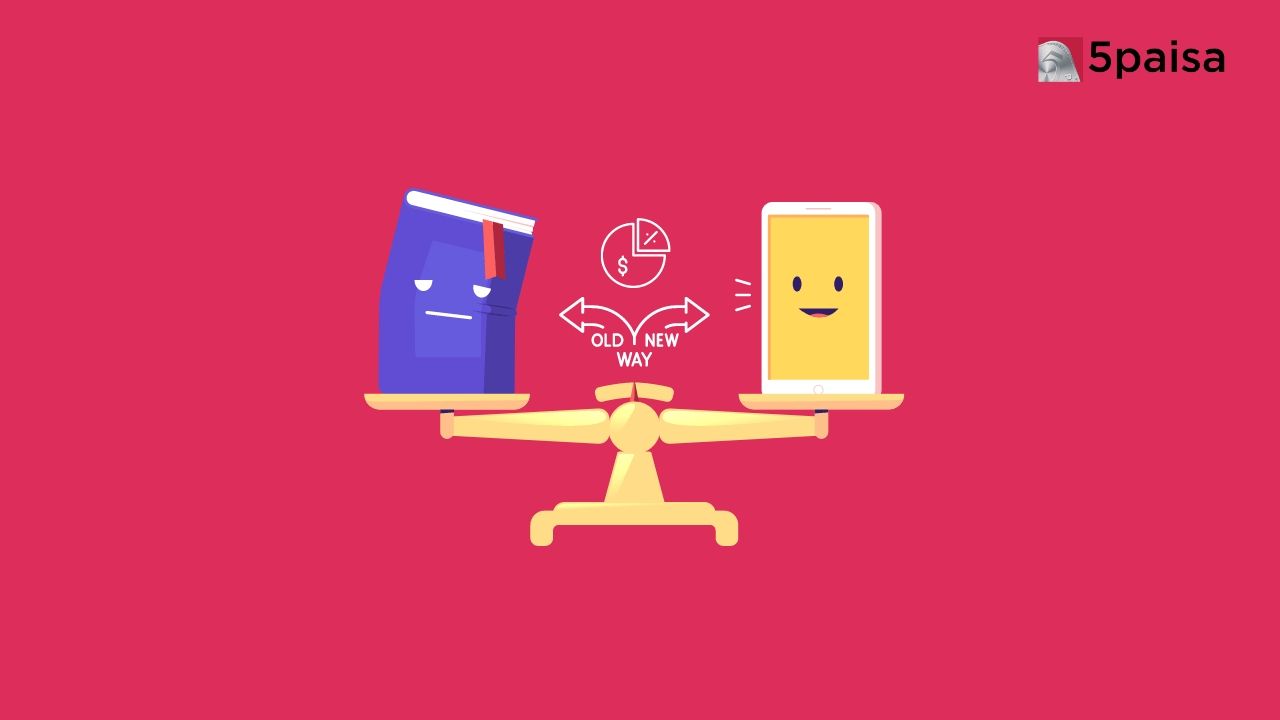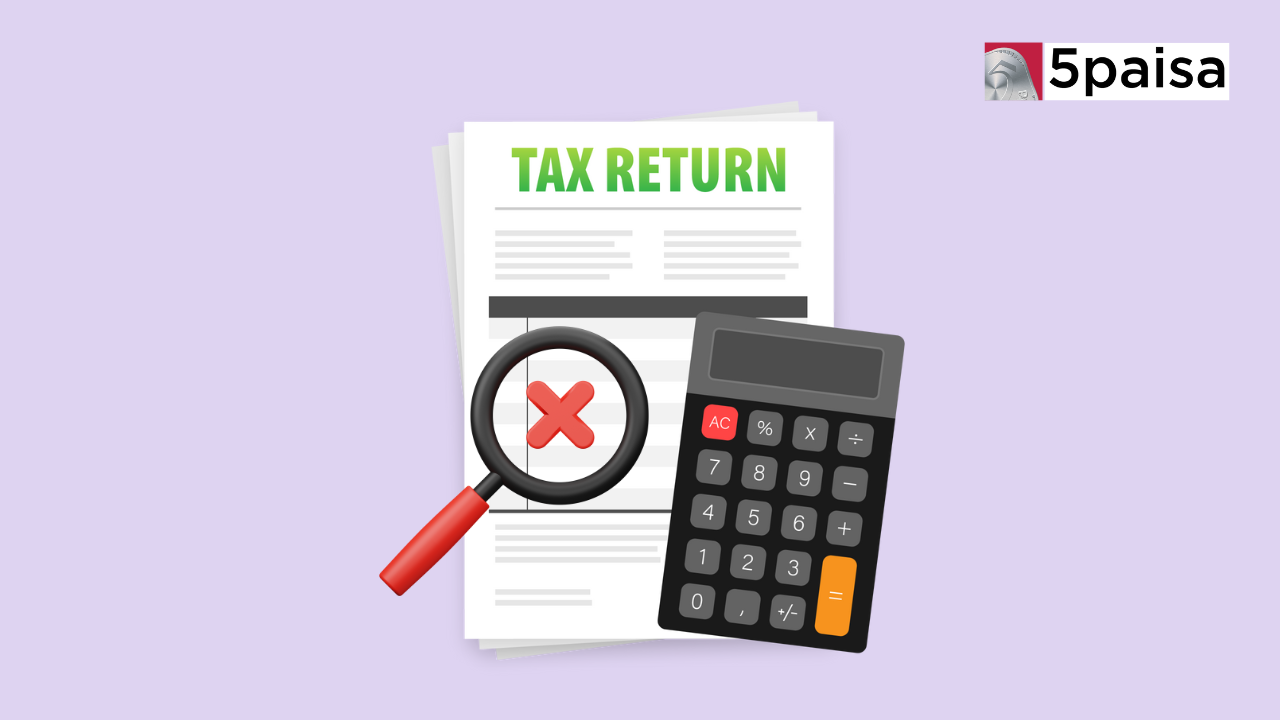How to Register a UPI Complaint Online?
Old and New Tax Regimes in India: A Comprehensive Guide

Last Updated: 24th August 2023 - 12:37 pm
The Indian government introduced a new optional tax rate regime in April 2020, providing reduced tax rates for individuals and Hindu undivided families (HUFs) in exchange for forgoing specified tax deductions or exemptions. In the recent Union Budget 2023, the new tax regime has become the default option, while taxpayers can choose the old regime if they prefer.
Old Tax Regime Highlights
Deductions and Exemptions
The old tax regime allowed taxpayers to claim deductions against various allowances and specified investments/expenses such as HRA, LTA, PPF, NPS, housing loan repayment, tuition fees, and more.
Tax Slab Rates
Under the old regime, income up to INR 2.5 lakh is exempt from personal income tax, with a maximum tax rate of 30% applicable on income above INR 15 lakh.
Tax Rebate
Taxpayers earning between INR 2.5 lakh and INR 5 lakh can avail of a tax rebate under section 87A.
Suitable for
Individuals with investments in tax-saving instruments, life/medical insurance premiums, children's school fees, and those eligible for deductions/exemptions under HRA, LTA, etc., may find the old tax regime more beneficial.
New Tax Regime Highlights
Lower Tax Rates
The new tax regime offers lower tax rates with five slab rates ranging from 0% to 30%. Income up to INR 3 lakh is exempt from tax, and the highest rate of 30% applies to income above INR 15 lakh.
Standard Deduction
Salaried individuals in the new tax regime can claim a standard deduction of INR 50,000.
Full Rebate
Individuals earning up to INR 7 lakh annually are entitled to a full rebate.
Suitable for
Individuals with minimal deductions/exemptions, not eligible for HRA, LTA, or other specified investments, and those seeking simplicity and lower tax rates may benefit from the new tax regime.
Determining the Suitable Tax Regime
Evaluate Deductions/Exemptions
Taxpayers should compare the impact of deductions/exemptions claimed under the old regime with the benefit of lower tax rates in the new regime. Consider factors like HRA, LTA, PPF, EPF, etc.
Assess Income Sources
If income includes business or professional income, once the new tax rates are opted for, they will apply for subsequent years. However, a switch back to the old regime is possible once, except for individuals without business or professional income who can choose annually.
Analyze Tax Liability
Calculate the tax liability under both regimes based on income, deductions, and applicable tax rates. The comparison will help determine which regime offers a lower tax burden.
Individual Circumstances
Each taxpayer's financial situation and specific deductions/exemptions may vary. Consequently, personalized evaluation is crucial to identifying the optimal tax regime.
Conclusion
Choosing between the old and new tax regimes in India requires a careful examination of individual circumstances. While the new tax regime offers lower tax rates and simplicity, the old regime provides room for claiming various deductions/exemptions. Taxpayers with investments in tax-saving instruments, eligible for deductions like HRA, LTA, PPF, etc., may find the old regime more advantageous. On the other hand, individuals with minimal deductions and seeking simplicity may benefit from the new regime. To make an informed decision, taxpayers should assess their income sources, evaluate deductions, and calculate tax liabilities under both regimes. By considering these factors, individuals can choose the tax regime that best suits their financial goals and circumstances.
- Flat ₹20 Brokerage
- Next-gen Trading
- Advance Charting
- Actionable Ideas
Trending on 5paisa
Personal Finance Related Articles
Disclaimer: Investment in securities market are subject to market risks, read all the related documents carefully before investing. For detailed disclaimer please Click here.
 5paisa Research Team
5paisa Research Team
 Sachin Gupta
Sachin Gupta




